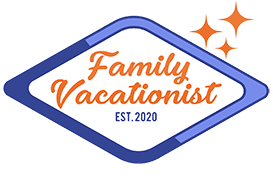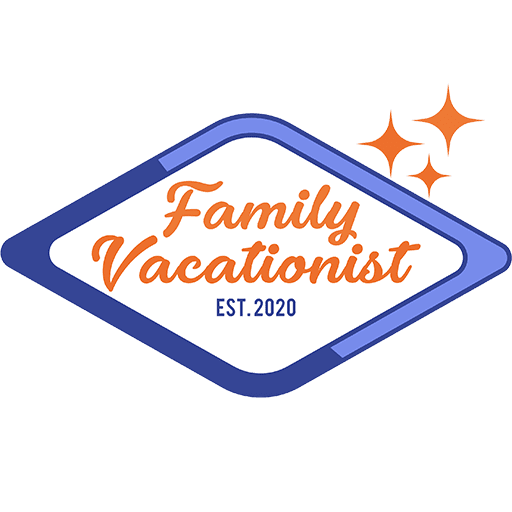Getting decent sleep on a plane is a real challenge for a lot of people (including me), but it’s also a vital part of getting the rest you need to make the most of a trip and manage jet lag symptoms. Even if you’re not a natural plane sleeper, there are plenty of ways to make it easier to get the shut eye you need.
I’ve been thinking about this a lot lately as I prepare for a trip to Japan with my family. We all have different plane-sleep challenges, which has inspired me to gather all my best tools so each person can mix-and-match their sleepiest combo. And bonus: Snoozing your way through part of a long flight makes the journey seem so much faster, too.
Here are tips for sleeping on a plane, courtesy of some easy to pack, inexpensive, and tried-and-true tools and sleep aids I’ve been using for more than a decade.
WHAT TO PACK: 10 Essentials for Your Carry-on Bag
1. Neck pillow
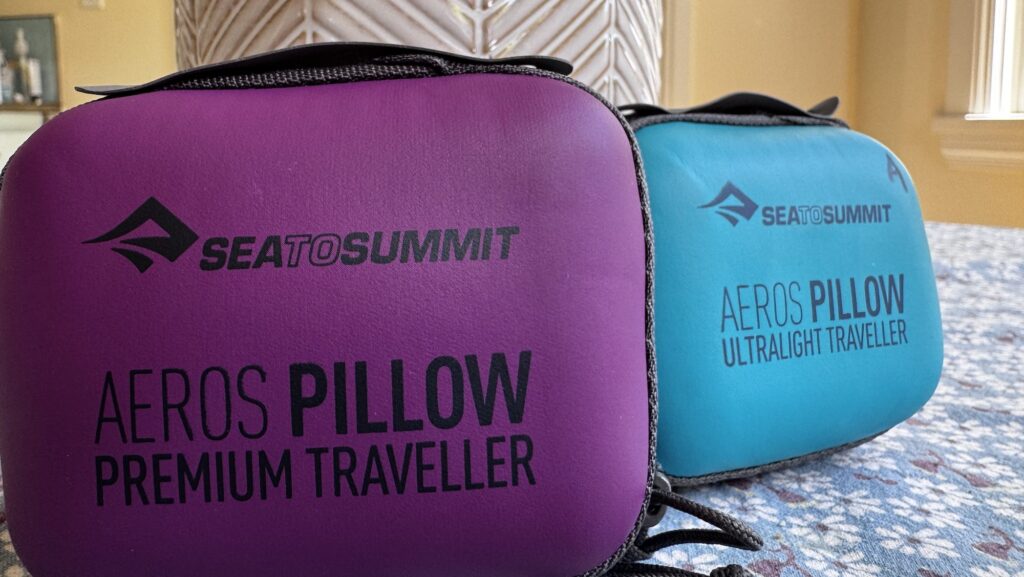
First things first: you’re going to need a travel pillow that suits your plane-sleep style if there’s any hope of getting some ZZZs. Forget the idea that there’s one single best travel pillow—after trying dozens of travel pillows and talking to way too many people about what pillows love most, I can say with total confidence that your preferred plane sleep position is going to be a big part of choosing the best neck pillow for you. Are you a throw-your-head-back-and-doze-off snoozer, or a head-down-on-the-tray-table type?
MAXIMIZE SPACE: 12 Best Underseat Carry-On Bags
Some of my favorites include Sea to Summit’s ultra-packable travel Aeros pillow, which features soft fabric, different levels of firmness depending on how much you inflate it, and a snap to keep you snugly ensconced in its support. Ultimately, it’s just a U-shaped pillow, but that snap makes a big difference, the fabric is comfy, and the fact that it packs down small enough to stash in a purse gives it a leg up over most similar pillows.
I’m also a big fan of the Trtl Travel Pillow, which is essentially a scarf with a built-in headrest. It does a great job preventing neck knots and, at least for me, allows me to slip into sleep as long as I can recline slightly as well.
And though it’s a little goofy looking, a faceplant style travel pillow will work better for you if your body insists that you sleep leaning forward on the tray.
2. SleepPhones
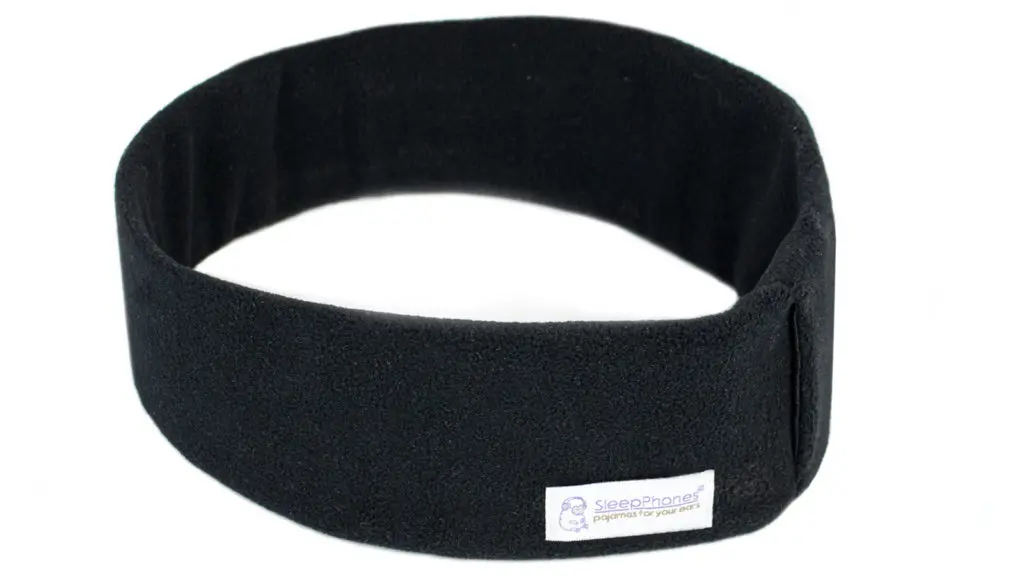
Noise canceling headphones are great at blocking out noise, but most are super uncomfortable for sleep, especially if you’re a natural side sleeper. Enter SleepPhones, which I’ve been using for more than a decade. Essentially a stretchy, comfy headband with flattish headphones, SleepPhones give you the functionality of headphones without the discomfort of something poking your ears while you try to sleep.
MAKE MEMORIES: 23 Best Family Vacation Spots in the U.S. for All Ages
By playing white noise, meditations or music, you can build a nice buffer against the roar of the engines and the sounds of the cabin. The classic version has a cord you plug into your phone, but there’s also a wireless version that simplifies plane use, since you can then tuck your phone into a bag or pocket so you won’t lose it in the airplane seat. For extra stimulation-blocking, you can tip it forward and wear it as a combo eyemask and headphones.
3. Eye mask
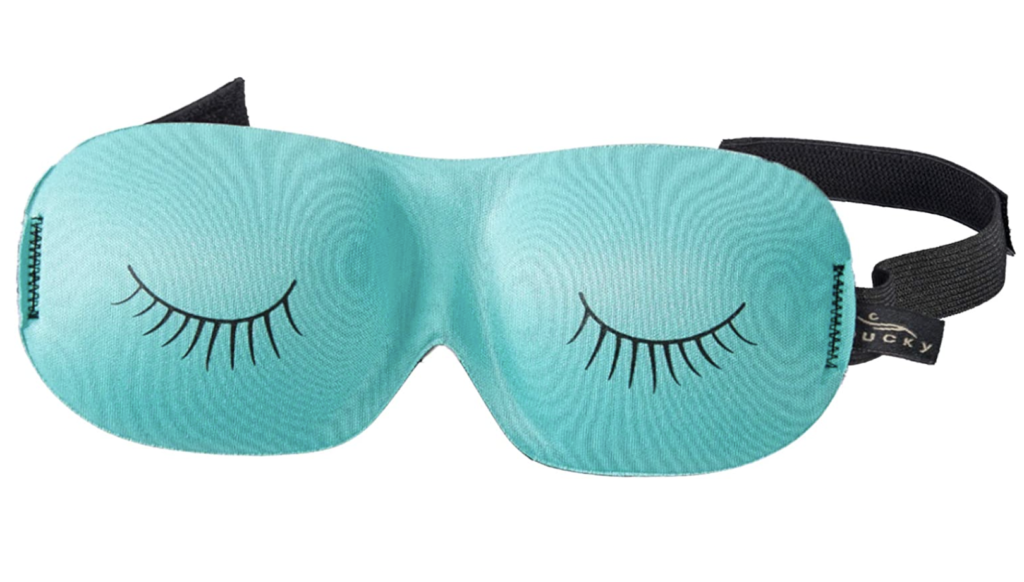
When you’re trying to sleep, the last thing you need is to not be in control of lighting. For me, it’s the flickering of light on my eyelids that keeps me awake. Whether you’re trying to block out cabin lighting or just the searing brightness of your neighbor’s reading light, you’re going to need a good eye mask. For maximum comfort, look for a contoured eye mask that doesn’t push on your eyes but still blocks out light.
CLEAN ROOM: How Much (and How Often) to Tip Hotel Housekeeping
Not only will an eye mask help you fall asleep, but it helps you stay asleep, since you’ll be protected against inflight annoyances like the blue light on other people’s screens in an otherwise darkened cabin.
4. Foot sling

Premium economy seats sometimes have built-in leg rests, but regular economy seats almost never do. And since leg cramps are a common side effect of trying to sleep upright, a little foot support can make a big difference when it comes to sleeping on a plane. A foot sling can be an easy-to-pack part of your sleep comfort plan. Foot slings (also called hammocks) can be threaded through the tray table, taking a bit of the extra pressure off your feet for more comfort (or at least less discomfort). It also keeps your socked feet off the chilly floor, which I find helps a lot for plane-sleeping comfort.
5. Blanket
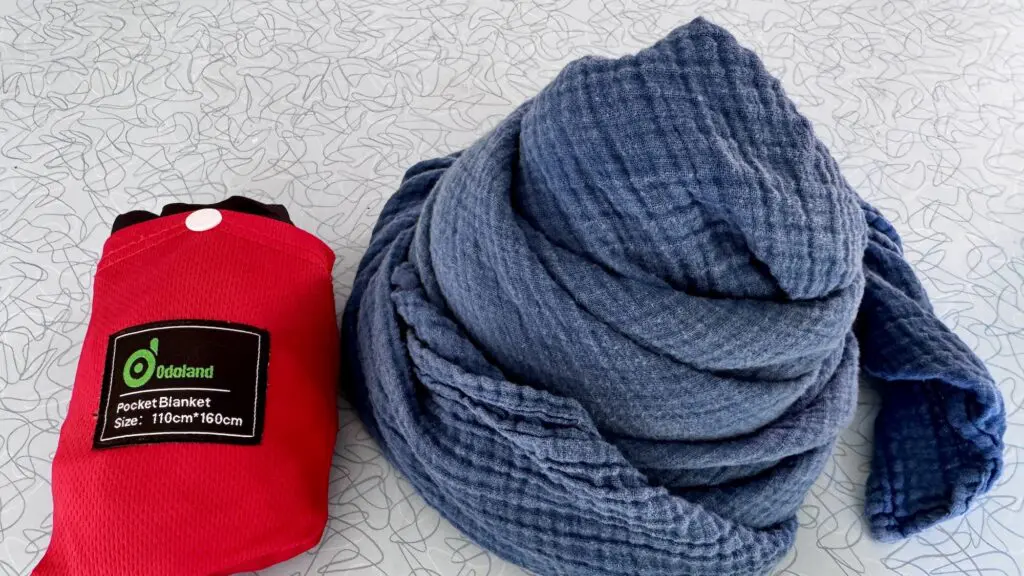
Feeling cozy is key when it comes to sleeping on a plane, and a blanket is no longer something you can expect on most flights (at least in economy). If you’re willing to carry a blanket, there are plenty of great options.
ALL DAY WALKING: 10 Comfortable Travel Shoes That Can Handle a Whole Day of Walking
But if packing a blanket seems too single purpose and bulky for you, bringing along something that can do double duty on vacation might be a better option. Consider a quick-dry microfiber towel, compact picnic blanket, sarong, or travel shawl or scarf—all great things to have along on your travels.
6. Medications
People are wildly different when it comes to which sleep remedies work best. Though you’ll of course want to check with a doctor before trying anything new (and definitely don’t try anything for the first time on the plane), there are options that range from natural supplements to prescription meds for sleep.
Just make sure to take the length of your flight (and your goal for how long you hope to sleep) into account when you’re deciding how to approach it—you definitely don’t want to overshoot the mark and end up groggy at your destination (believe me, I’ve learned the hard way). In my own travels, I’ve used melatonin, Rescue Remedy Sleep, Benadryl, Unisom, and Ambien with appropriately sleepy results.
More from FamilyVacationist:
- How to Clean an Airplane Seat (and Other Germy Surfaces on a Plane)
- 11 Best Travel Backpacks to Suit Every Kind of Traveler
- 11 Guided Tour Companies That Offer Trips Around the World

